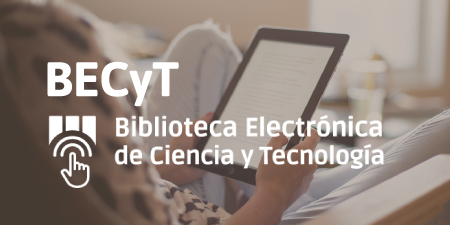Mostrar el registro sencillo del ítem
Floral development and anatomy of pistillate flowers of lophophytum (balanophoraceae), with special reference to the embryo sac inversion
| dc.contributor.author | Sato, Héctor Arnaldo | |
| dc.contributor.author | González, Ana María | |
| dc.date.accessioned | 2022-06-01T12:41:39Z | |
| dc.date.available | 2022-06-01T12:41:39Z | |
| dc.date.issued | 2016-03 | |
| dc.identifier.citation | Sato, Héctor Arnaldo y González, Ana María, 2016. Floral development and anatomy of pistillate flowers of lophophytum (balanophoraceae), with special reference to the embryo sac inversión. Flora. Ámsterdam: Elsevier, vol. 2019, p. 35-47. ISSN 0367-2530. | es |
| dc.identifier.issn | 0367-2530 | es |
| dc.identifier.uri | http://repositorio.unne.edu.ar/handle/123456789/47975 | |
| dc.description.abstract | The extreme reduction of flowers in the Balanophoraceae has generated few and incomplete studies with scattered and often contradictory results with respect to embryology. Using light and scanning microscopy, gynoecium, ovule and embryo-sac development are described in two (of 4) species of Lopho phytum. The pistillate flower lacks perianth, and it is reduced to one pistil formed by a superior, biloculate ovary and two styles with capitated stigmas. Two ategmic hemianatropous ovules are inserted on the upper portion of a central placental column. The two locules are almost completely obstructed by the ovules. The term micropyle is not applicable in its usual sense, due to the absence of integuments. The term “micropylar pole” instead of micropyle was used to designate the apex of the nucellus, where the megaspore mother cell develops. Vascular supply is missing in the placenta and the ovule, therefore, the chalaza and the funiculus cannot be defined. The point of attachment of the nucellus to the placenta was designated “chalazal pole”. The embryo-sac is Adoxa type. During the migration of the two pairs of nuclei to the opposite poles,the four-nucleate embryo-sac tends to take a “J” shape. Each pair of nuclei undergoes a mitotic division to form an eight-nucleate embryo-sac. In the upper, chalazal pole of the embryo-sac, a typical egg-apparatus with a central egg-cell and two adjacent synergids cells is developed, while in the micropylar pole three antipodes are formed, all that determines an embryo-sac of reversed position. The analysis of the anatomy and development of pistillate flowers and the study of the functional architec ture of ovules, carpels and embryo-sac, provide embryological data of great importance to complement phylogenetic studies in the family Balanophoraceae, and even in order Santalales | es |
| dc.format | application/pdf | es |
| dc.language.iso | eng | es |
| dc.publisher | Elsevier | es |
| dc.rights | openAccess | es |
| dc.rights.uri | http://creativecommons.org/licenses/by-nc-nd/2.5/ar/ | es |
| dc.source | Flora, 2016, vol. 219, p. 35-47. | es |
| dc.subject | Balanophoraceae | es |
| dc.subject | Embryo-sac | es |
| dc.subject | Holoparasite | es |
| dc.subject | Inversion | es |
| dc.subject | Lophophytum leandri | es |
| dc.subject | Lophophytum mirabile | es |
| dc.subject | Ovule | es |
| dc.title | Floral development and anatomy of pistillate flowers of lophophytum (balanophoraceae), with special reference to the embryo sac inversion | es |
| dc.type | Artículo | es |
| unne.affiliation | Fil: Sato, Héctor Arnaldo. Universidad Nacional del Nordeste. Facultad de Ciencias Agrarias; Argentina. | es |
| unne.affiliation | Fil: González, Ana María. Universidad Nacional del Nordeste. Facultad de Ciencias Agrarias; Argentina. | es |
| unne.affiliation | Fil: Sato, Héctor Arnaldo. Consejo Nacional de Investigaciones Científicas y Técnicas. Instituto de Botánica del Nordeste; Argentina. | es |
| unne.affiliation | Fil: González, Ana María. Consejo Nacional de Investigaciones Científicas y Técnicas. Instituto de Botánica del Nordeste; Argentina. | es |
| unne.journal.pais | Paises Bajos | es |
| unne.journal.ciudad | Ámsterdam | es |
Ficheros en el ítem
Este ítem aparece en la(s) siguiente(s) colección(ones)
-
Artículos de revista [476]





